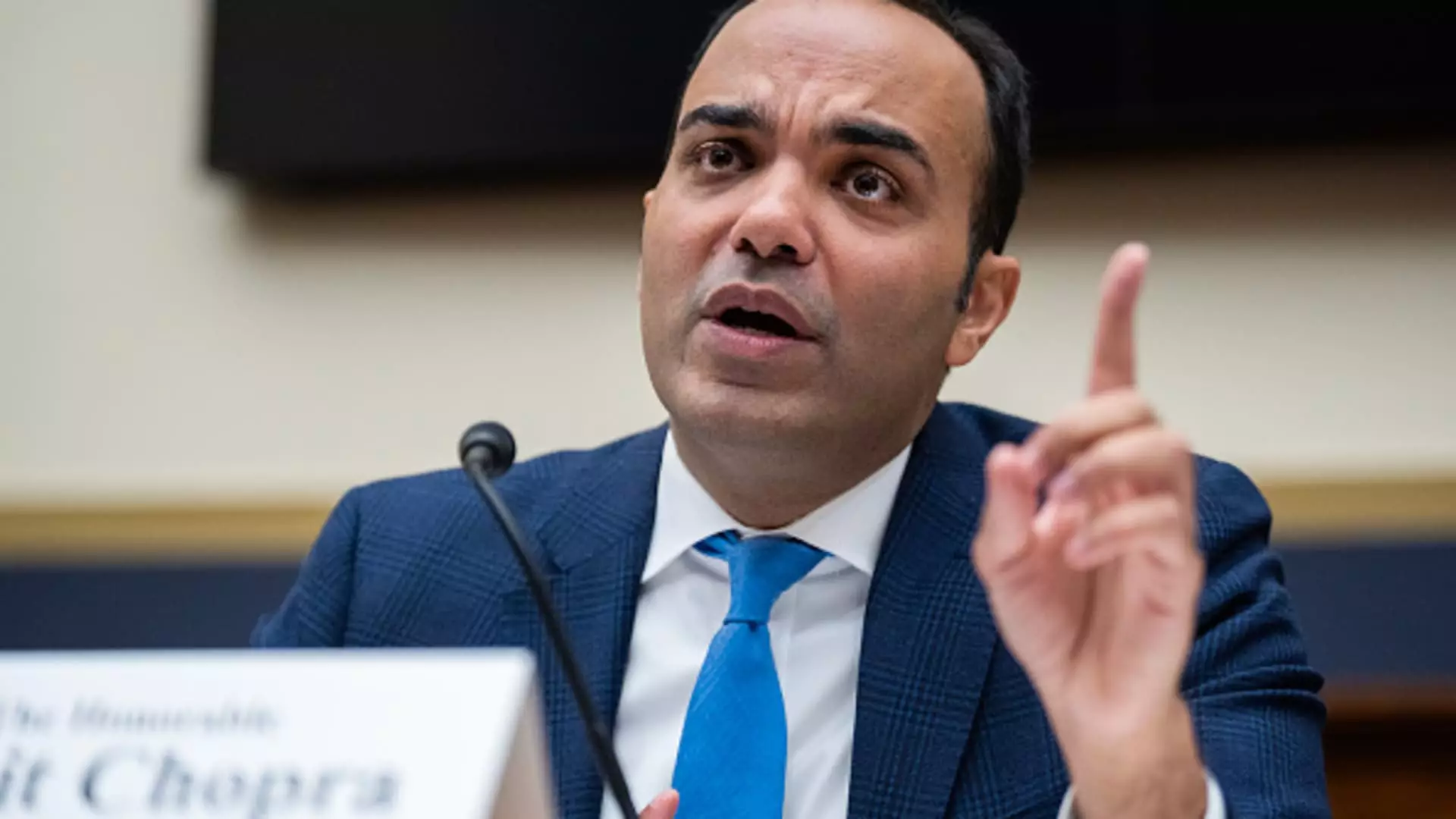The landscape of banking fees has long been a contentious issue, particularly concerning the burdensome overdraft fees that millions of Americans encounter regularly. Recently, the Consumer Financial Protection Bureau (CFPB) unveiled a significant rule aimed at limiting these charges, promising substantial relief for consumers. The forthcoming regulations mark a pivotal point in how overdraft fees are structured and highlight ongoing tensions between consumer protection and banking industry lobbying.
On Thursday, the CFPB announced its finalized rule, which significantly curtails the ability of banks to impose exorbitant overdraft fees. This new regulation is projected to save consumers an impressive $5 billion per year. Under the rule, banks may either charge a modest fee of $5 for overdrafts, a drastic decrease from the typical $35, or impose fees that merely reflect their operational costs. Alternatively, banks can continue charging existing fees, provided they disclose the interest rates associated with their overdraft loans. These changes arise from a broader effort to address what CFPB Director Rohit Chopra termed the “excessive junk fees” that have historically drained consumer accounts.
The Historical Context: A Long-standing Problem
Overdraft fees have stood as a lucrative revenue source for banks, contributing approximately $280 billion since 2000. Despite this, many large financial institutions are recalibrating their approach, with notable players like JPMorgan Chase and Bank of America either reducing fees or modifying how transactions trigger these costs. Some banks have even eliminated overdraft fees completely. This shift is indicative of changing consumer attitudes toward banking and a growing demand for more equitable financial practices.
The new rule primarily targets banks and credit unions with $10 billion or more in assets. This is significant, as a majority of financial transactions in the U.S. occur within this segment of the banking industry, making the impact of these regulatory changes particularly far-reaching. The movement is being hailed as a significant consumer victory, especially in light of the financial hardships exacerbated by economic downturns.
Despite the evident consumer benefits, the CFPB’s new rule is encountering substantial resistance from banking organizations. Industry proponents argue that limiting overdraft fees could lead to decreased access to essential financial services, potentially pushing consumers toward more predatory alternatives such as payday loans. The Consumer Bankers Association announced their intention to explore all available options to contest the newly proposed regulation.
Furthermore, the implementation timeline for the rule is set for October 1, 2025. However, uncertainties loom regarding the rule’s future, particularly given the political landscape. With the Biden administration’s term waning, there are concerns that the incoming leadership—potentially influenced by former President Donald Trump—might undermine or completely rescind such consumer protections. The immediate impact of these regulations, therefore, hangs in the balance as the industry gears up for potential legal battles.
The implications of the CFPB’s ruling extend beyond just reduced fees; they signify a shift towards greater accountability within the banking sector. While the rule’s enforcement could alleviate some financial pressures on consumers, it also raises critical questions about how banks will adapt their services in response. Analysts posit that in reaction to these regulations, banks may seek alternative revenue streams, which might affect the overall landscape of consumer banking.
Additionally, the lobbying efforts from the banking sector indicate a reluctance to embrace reforms that prioritize consumer welfare over profitability. As the compliance date nears, stakeholders must remain vigilant, advocating for transparency and fairness in banking practices. Ultimately, the current situation underscores an evolving dialogue surrounding financial regulation, consumer rights, and the power dynamics that shape the banking industry.
Through this regulatory initiative, the CFPB aims to usher in a new era of consumer protection, dispelling the traditional notion of banks as facilitators of hidden costs and fostering a more equitable financial environment. The outcome of this regulatory push will significantly influence the stability of consumer banking in the coming years, determining the future of overdraft fees and the financial well-being of millions.

